Surveillance Systems
CCTV
CCTV System Design and Installation: Design and install CCTV systems tailored to clients’ specific needs and requirements. This includes selecting appropriate camera types, placements, and recording equipment.
Camera Selection: Advise clients on the selection of the right CCTV cameras, such as dome cameras, bullet cameras, PTZ (Pan-Tilt-Zoom) cameras, and specialized cameras for various applications like license plate recognition or thermal imaging.
Network Video Recording (NVR) and Digital Video Recording (DVR): Install and configure NVR or DVR systems for video storage and retrieval. Offer scalable solutions to accommodate different storage requirements.
Video Analytics: Implement video analytics software for advanced features like motion detection, facial recognition, object tracking, and intrusion detection.
Remote Monitoring: Set up remote monitoring capabilities, allowing clients to access their CCTV feeds from anywhere using smartphones, tablets, or computers.
Integration with Access Control Systems: Integrate CCTV systems with access control systems to enhance security and provide a comprehensive solution for access management.
Cloud-Based CCTV Solutions: Offer cloud-based CCTV solutions that provide flexibility, scalability, and easy access to video footage without the need for on-premises hardware.
Maintenance and Support: Provide ongoing maintenance, monitoring, and technical support to ensure the reliability and functionality of CCTV systems.
Video Storage Solutions: Offer scalable and cost-effective video storage solutions, including on-premises and cloud-based options.
Upgrades and Expansion: Help clients upgrade their existing CCTV systems or expand their coverage as their security needs evolve.
CCTV System Health Checks: Conduct regular system health checks and maintenance to ensure all cameras and equipment are operating optimally.
Training and Education: Provide training for clients and their staff on how to use and manage the CCTV system effectively.
Compliance and Regulations: Ensure that the CCTV systems comply with local regulations and privacy laws, including data retention and signage requirements.
Custom Solutions: Develop custom CCTV solutions for specialized applications, such as retail analytics, traffic monitoring, or industrial security.
Consultation and Risk Assessment: Conduct site assessments and risk evaluations to recommend the most suitable CCTV solutions for clients based on their unique security challenges.
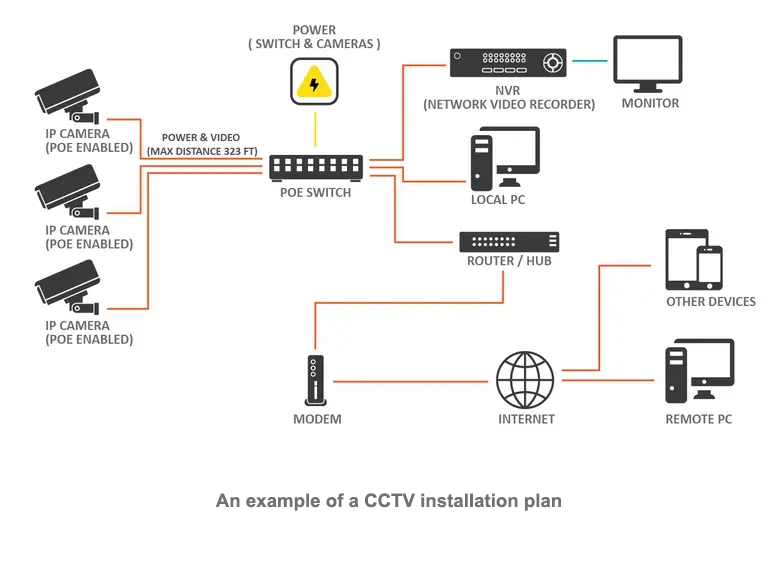
Types of CCTV Cameras
CCTV cameras come in various types, each designed for specific applications and environments. Here are some common types:
1. Dome Cameras: Dome-shaped cameras are often used in indoor and outdoor settings. They are discreet, and the dome casing makes it difficult for viewers to determine the camera’s direction.
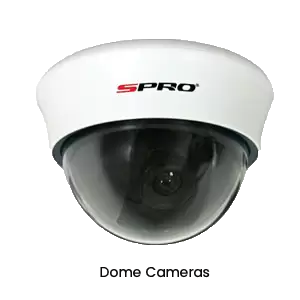
2. Bullet Cameras: Bullet cameras are cylindrical and are typically used for outdoor surveillance. They are easy to install and are noticeable, which can act as a deterrent.
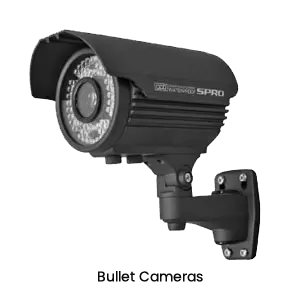
3. Pan-Tilt-Zoom (PTZ) Cameras: PTZ cameras can be remotely controlled to pan, tilt, and zoom in on specific areas. They are often used in large surveillance areas to cover a wide range.
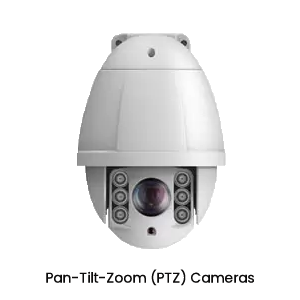
4. Box Cameras: Box cameras are larger and more conspicuous, making them suitable for deterrence. They offer flexibility in lens selection and are often used in specialized applications.
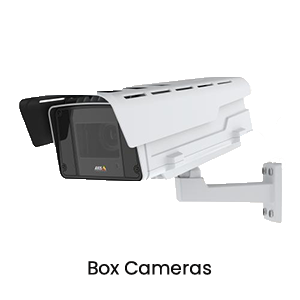
5. Thermal Cameras: Thermal cameras detect heat signatures rather than visible light, making them ideal for applications like night vision and detecting intruders in total darkness.
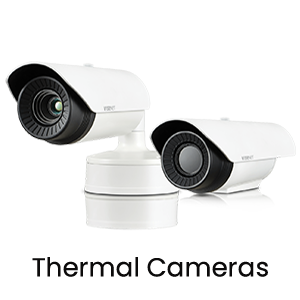
6. Day/Night Cameras: These cameras can capture high-quality images in both daytime and low-light conditions, often using infrared (IR) technology.
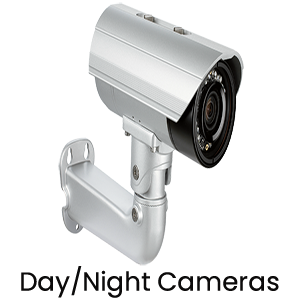
7. Wireless Cameras: Wireless cameras use Wi-Fi or other wireless technologies for data transmission, eliminating the need for extensive cabling.
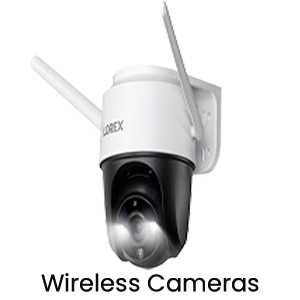
8. Covert or Hidden Cameras: These cameras are designed to be discreet and can be concealed within everyday objects, making them suitable for covert surveillance.
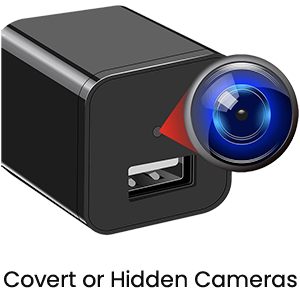
9. 360-Degree Cameras: These cameras capture panoramic views and are often used in large open spaces or for situational awareness.
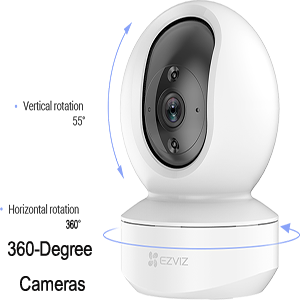
10. License Plate Recognition (LPR) Cameras: LPR cameras are designed to capture and recognize license plates, commonly used in traffic monitoring and security applications.
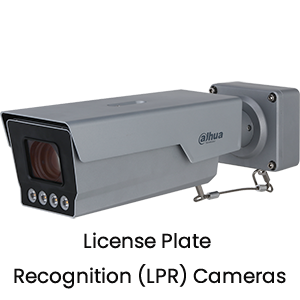
11. Smart Cameras: Smart cameras are equipped with built-in analytics and artificial intelligence to detect specific events or objects, such as motion detection or facial recognition.
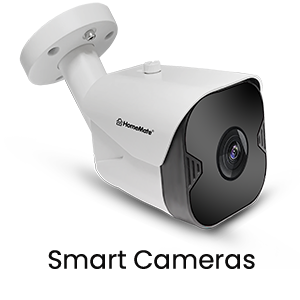
The choice of CCTV camera type depends on the specific surveillance needs and environmental conditions of a given application. Modern systems often incorporate a combination of camera types to provide comprehensive coverage and security.
